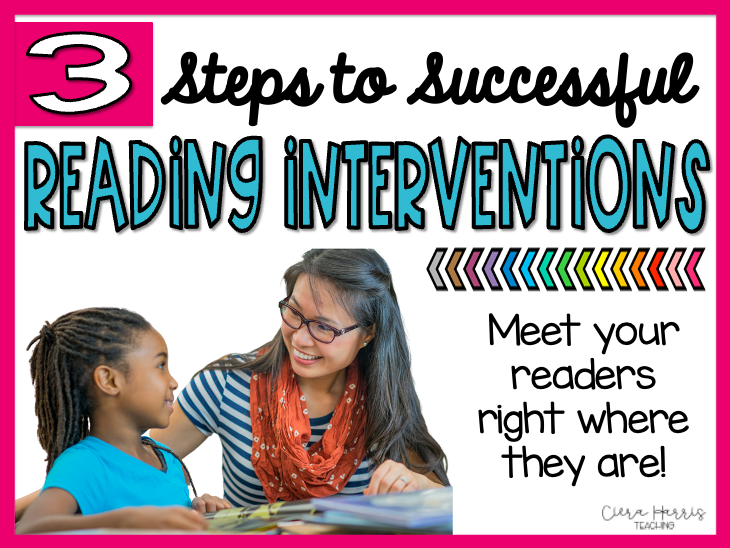Nonfiction can be a hard genre to teach. Students have to have a certain mindset of thinking and processing, schema about the topic, and an understanding of many unique reading skills to be able to comprehend nonfiction. Why not help them before they even start reading? I’ve got a great nonfiction reading comprehension strategy you can use to help set your students up on the right track! Come check this out!

The name of the nonfiction reading strategy is called THIEVES. THIEVES is a wonderful strategy you can use to help students pre-read nonfiction text. In real life, people read nonfiction for a specific purpose, not necessarily from cover to cover. Being able to identify whether the text we’ve chosen is going to fill our ‘need’ is important to teach our students.
When teaching THIEVES, it’s important to focus on one letter of the acronym at a time. Students need to understand and be shown the process of thinking through each of the concepts included in the strategy. Even for higher grades, making sure students THINK through this process is important.
So What is THIEVES?
Each letter in THIEVES stands for a specific piece of the nonfiction text that students should take time to go over prior to teaching. Here’s what the letters stand for and what students should be looking for:
- T: Title – When analyzing the title, students should ask themselves the questions, “What do I already know about this topic?” “What vocabulary can I predict to see?” “What predictions can I make about the text?” and “What questions come to mind?”
- H: Headings – When looking through the headings of the text, have students ask, “How does the heading relate to the title?” “What could the main idea of this section be?” “How is this different from the other sections in the article/text?”
- I: Italics & Bold Words – Have students walk through the text to identify all of the bold and italicized words. When they find them, have them ask “What could this word mean?” “Why did the author choose this word?” “What do I know about this word?” and “How does it relate to the title and headings?”
- E: Every 1st Sentence – Have the students go ahead and read only the very first sentence of every section (chapter) of the text. When they read that sentence have them ask, “How does this sentence relate to the heading?” “Could this be the main idea of the section?” and “What will I be reading about in this section?”
- V: Visuals – The V in THIEVES is all about the different visuals or text features students will find throughout this nonfiction text. When a student finds a text feature, have them ask, “What information is this visual giving me?” “Why did the author choose this visual?” and “How does this visual support my understanding of the text?”
- E: End of Chapter – For this part of THIEVES, you can have students do this at the end of the article or at the end of each chapter in the nonfiction text. Have students focus on the questions of “After pre-reading this text, what questions do I have about the material?” “Do I believe this text will help me achieve the learning I need?” and “What do I want to know more about or am I confused about something?”
- S: Summarize – The final piece of THIEVES is summarize. This is a great chance for students to go ahead and summarize everything they’ve collected from using the pre-reading strategy and put it all together. Have your students focus on the questions of “After pre-reading this text, what do I believe the main idea of the text is?” “What details do I already know to support the main idea?” and “How did pre-reading the text help me comprehend the information in the text?”
Using this Nonfiction Reading Comprehension Strategy
The important thing to remember when teaching and using this strategy is to take your time and introduce one letter at a time with students. First, make sure they understand and know exactly what they are supposed to be looking for before you move onto the next letter. I typically spend at least 2-3 days focusing on one letter at a time.
Want to get a head start on your THIEVES lessons? I’ve got you covered! You can download my THIEVES posters AND lesson starters for FREE by entering your home email address below!

Tips for Using this Nonfiction Reading Strategy
- Don’t go too fast! In order for this strategy to be effective it has to become a habit. Students need to have buy in and want to take the time to vet the information in the text that they are reading. They need to see the power behind the strategy and how it effects their comprehension.
- Always start at the beginning! Every new letter you introduce, make sure to still start your students back at the first letter ‘T’. For example, when I’m teaching the “E”, I still have my students do the T, H, and I every time they practice the ‘E’. This gives them more practice of turning it into a habit.
- When you’re ‘done’ teaching THIEVES, make sure you continually prompt your students when they read nonfiction for other reasons and skills to USE the strategy! Otherwise, why did you just teach it 😉
- Use this strategy when using nonfiction mentor texts too! I’ve got a great list to share with you!
Loving this reading comprehension strategy and want to save it for later? Make sure to pin the image below!






